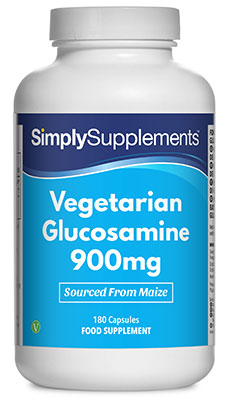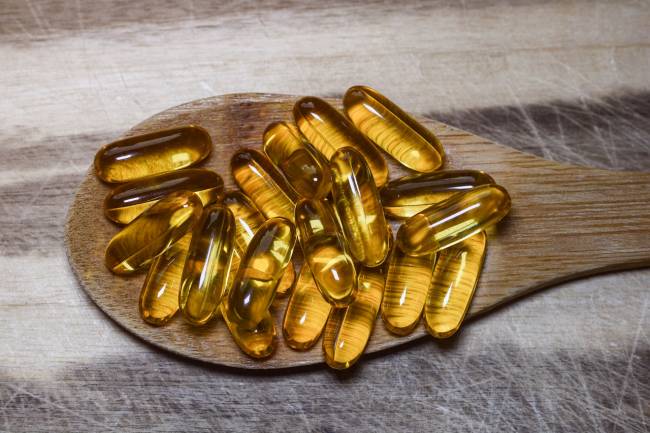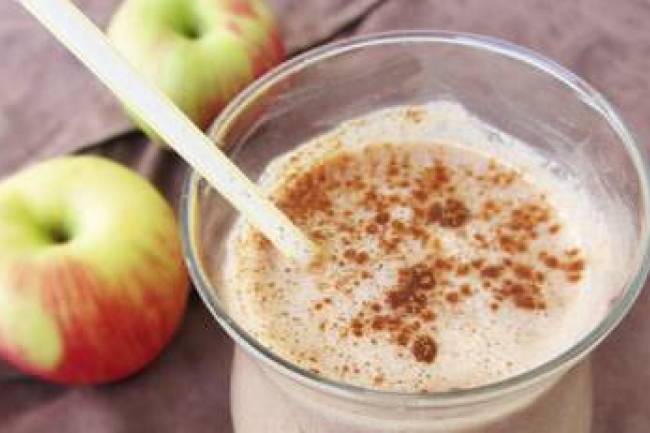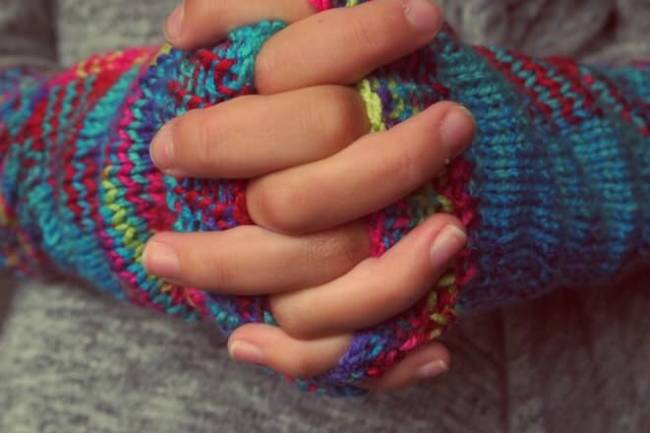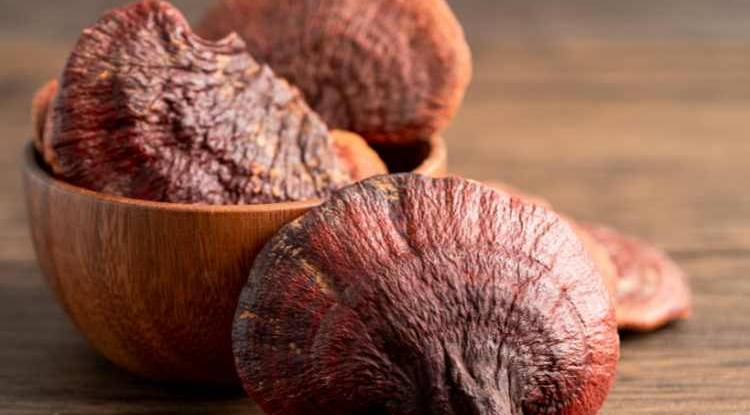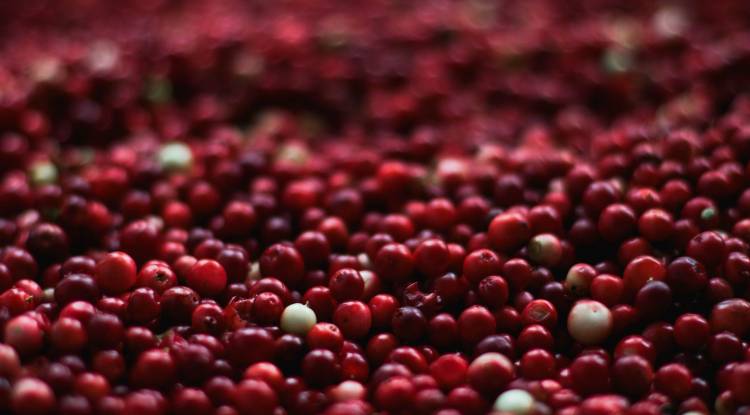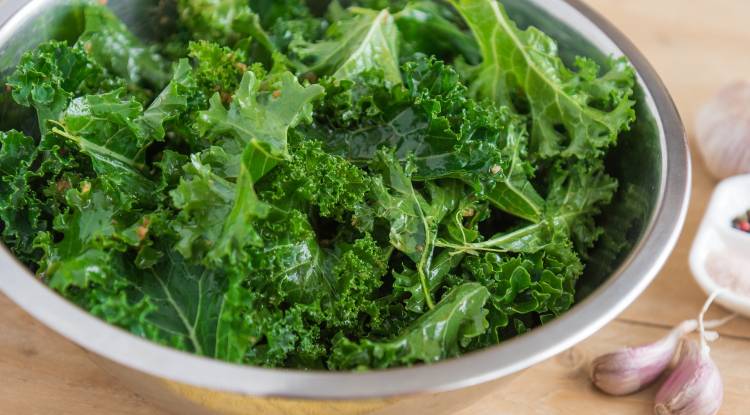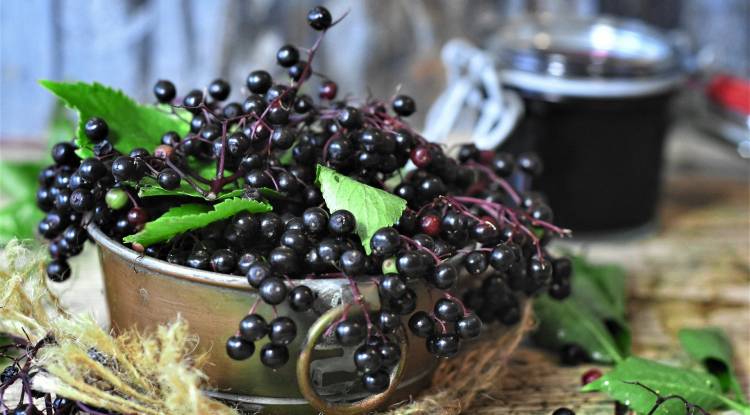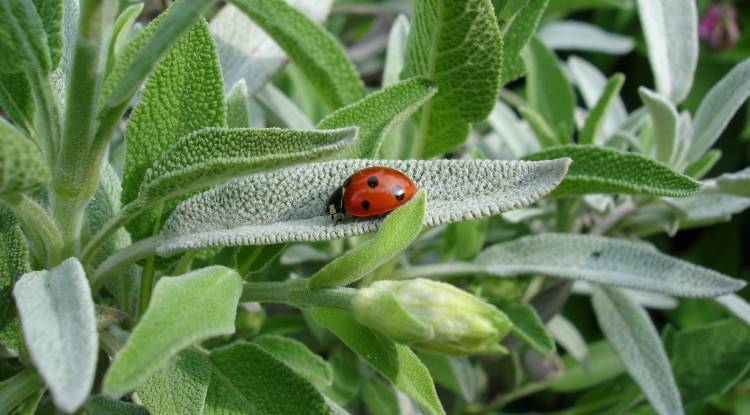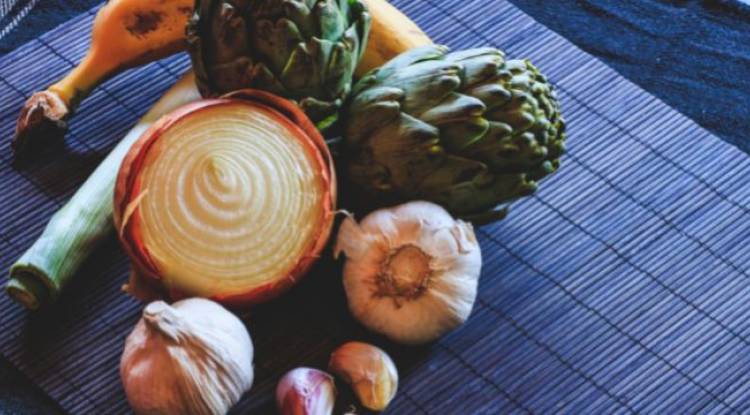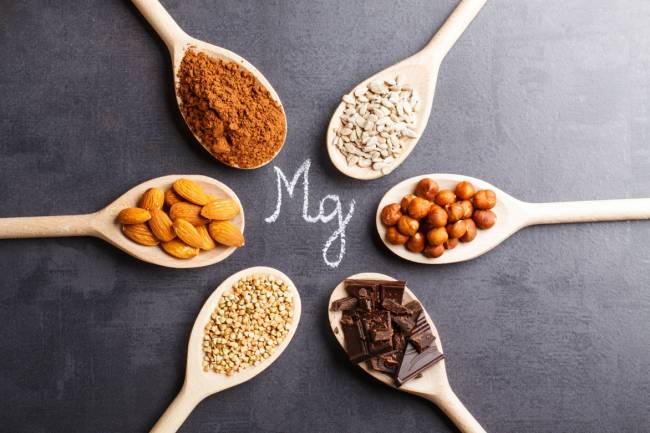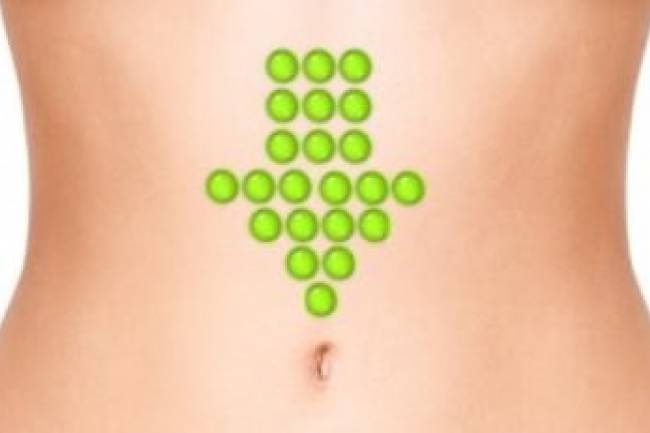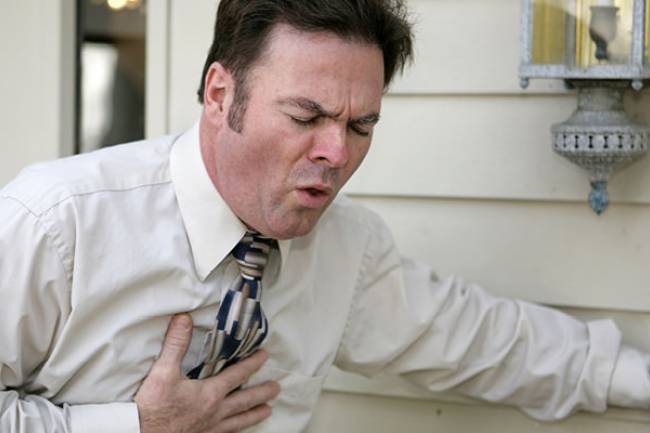According to the World Health Organisation (WHO), the intake of free sugars, particularly those from sugar-sweetened beverages, poses a significant challenge to health.
This sentiment is echoed by the British Medical Journal, who recently warned that the amount of sugar contained in fruit drinks marketed at children is unacceptably high.
In this article, we investigate the health consequences of consuming too much sugar and present the levels of sugars found in various soft drinks.
We also summarise the government's recommendations on sugar intakes for children and make some suggestions for how these guidelines can be met.
Why Is Sugar Bad?
Action on Sugar, a charity that specialises in sugar and its links to health, say that sugars are an unnecessary source of energy in the diet, and that foods that provide free sugars often have very little nutritional benefit. The group says that people in the UK are consuming too much sugar, and there are a number of negative health outcomes that result from excessive sugar consumption.
According to the WHO, their latest guidelines on the intake of free sugars are provided with particular focus on two major public health issues: weight gain and tooth decay.
Free sugars, such as the sugars contained in sugar-sweetened beverages, contribute to the total amount of energy provided by the diet. In order for a person to maintain a healthy weight, they need to consume an amount of energy that meets their individual requirements. It has been suggested that by promoting a positive energy balance, free sugars may have a role in causing obesity.
This hypothesis is supported by the secondary analysis of an intervention study involving more than 3,000 school children, published in the June 2016 edition of the British Journal of Nutrition, which showed that sugar-containing beverages were associated with an increased Body Mass Index and an increased prevalence of obesity.
Sugary drinks can also cause tooth decay, and they are especially damaging if they are consumed between meals. The sugar contained in soft drinks sticks to the teeth, and is consumed by bacteria that exist in the mouth. When the bacteria eat the sugar for energy, they produce acid, which then damages the enamel in the teeth.
In the UK, tooth decay, also known as dental caries, is the most common cause of hospitalisation of children between the ages of five and nine years, with an average of around 500 children being admitted to hospital each week. Tooth decay tends to get worse with age, and its effects are permanent.
How Much Sugar Should Children Have?
The government recommends that people should reduce the amount of sugar that they consume, and not have an intake that exceeds 5% of total energy. Added sugar refers to the sugar that has been added to foods or drinks during manufacturing or cooking and sugar that is added at the dining table. Honey, syrups, and fruit juice nectars also count as added sugars.
The maximum daily amount of added sugar that a person should consume depends on their age, and the current guidelines are summarised below:
Age 4 to 6: maximum of 5 cubes = 19g per day.
Age 7 to 10: maximum of 6 cubes = 24g per day.
Age 11 or over: maximum of 7 cubes = 30g per day.
How Much Sugar Is in Drinks?
The Scientific Advisory Committee on Nutrition (SACN) says that intakes of free sugars are currently twice the recommended maximum, and according to the NHS, sugary drinks account for 30% of the sugar present in the diets of children.
The following figures, taken from Action on Sugar's International Sugar-Sweetened Soft Drink Survey 2015, show how much sugar is contained in some of the UK's most popular soft drinks:
-
7 UP: 36g per 330ml
-
Coca Cola: 35g per 330ml
-
Dr Pepper: 24g per 3330ml
-
Fanta Orange: 23g per 330ml
-
Pepsi: 35g per 330ml
-
Schweppes Tonic Water: 17g per 330ml
-
Sprite: 22g per 330ml
Aren't Smoothies and Fruit Juices Healthy?
The consumption of whole fruit and vegetables is to be encouraged, but when these foods are juiced or blended, their structure is broken down and the sugars are released. These free sugars can then cause damage to teeth. According to NHS guidelines on healthy eating, only one 150ml smoothie or150ml serving of fruit juice can contribute to the recommended daily intake of five portions of fruit and vegetables.
In a 2016 survey that was published by the British Medical Journal, researchers investigated the amount of sugar contained in 203 fruit drinks and smoothies marketed towards children. At the end of the study, it was concluded that on average the drinks that they evaluated contained unacceptably high amounts of sugar.
The results of the survey are summarised below:
-
Fruit juices contain on average 21.4g of sugar per 200ml serving
-
Fruit drinks contain on average 11.1g of sugar per 200ml serving
-
Smoothies contain on average 26.0g of sugar per 200ml serving
What Can Parents Do?
If children are exposed to a high sugar diet, they are more likely to get used to sweet tasting foods, which will inhibit their ability to shun them later on in life. Parents have a responsibility to set a precedent, and should themselves make choices that lay down a suitable blueprint for their children's future eating habits.
In addition to the way that they influence their
children as role models, parents are usually in a position where they are the prime controllers of a child's access to food. However, resisting the temptation to satisfy the cravings of a demanding child with a sweet treat or drink is easier said than done, and below is a list of suggestions that may support a parent in keeping their offspring happy and healthy at the same time:
-
Dilute fruit juice with water
-
Limit fruit juice to 150ml a day
-
Drink fruit juice with meals as opposed to between meals
-
Offer chilled low-fat milk instead of sugary drinks
-
Offer sparkling water with ice and a slice of lemon
-
Opt for sugar-free version of fizzy drinks
-
Pour healthier drinks into a glass to disguise their identity
1. World Health Organization, 2015. “Guideline: Sugar intakes for adults and children”. URL: . [Accessed on May 31st 2016]
2. Muckelbauer R, et al. Changes in water and sugar-containing beverage consumption and body weight outcomes in children. The British Journal of Nutrition. 2016, June.
3. Boulton J, et al. How much sugar is hidden in drinks marketed to children? A survey of fruit juices, juice drinks and smoothies. BMJ Open. 2016, March. URL: . [Accessed on May 31st 2016]
4. Publid Health England, 2015. “Why 5%?” URL: https://www.gov.uk/government/uploads/system/uploads/attachment_data/file/489906/Why_5__-_The_Science_Behind_SACN.pdf. [Accessed on May 31st 2016]
5. Action on Sugar, 2015. “International Sugar-Sweetened Soft Drink Survey2105 – All Data”. URL: . [Accessed on May 31st 2016]
6. NHS, 2016. “The Eatwell Guide”. URL: . [Accessed on May 31st 2016]
7. Change 4 Life. “We're all having too much sugar”. URL: . [Accessed on May 31st 2016]
Nicole
Nicole has been working as a researcher and writer in the health industry for over five years. An avid runner and foodie, Nicole writes about the highs and lows of trying to follow a balanced lifestyle and has a keen interest in the complex relationship between nutrition and disease prevention.
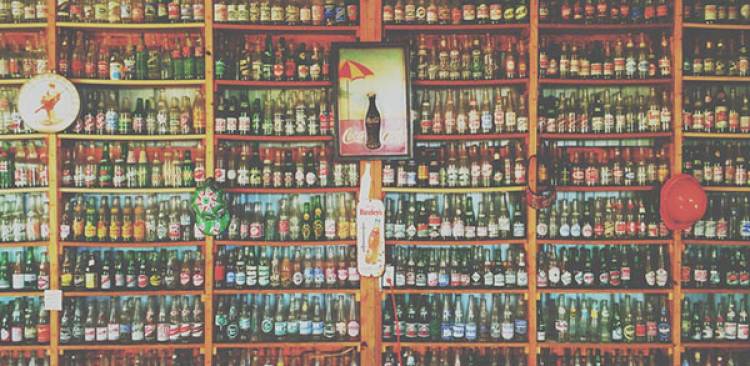

 Nicole
Nicole 


